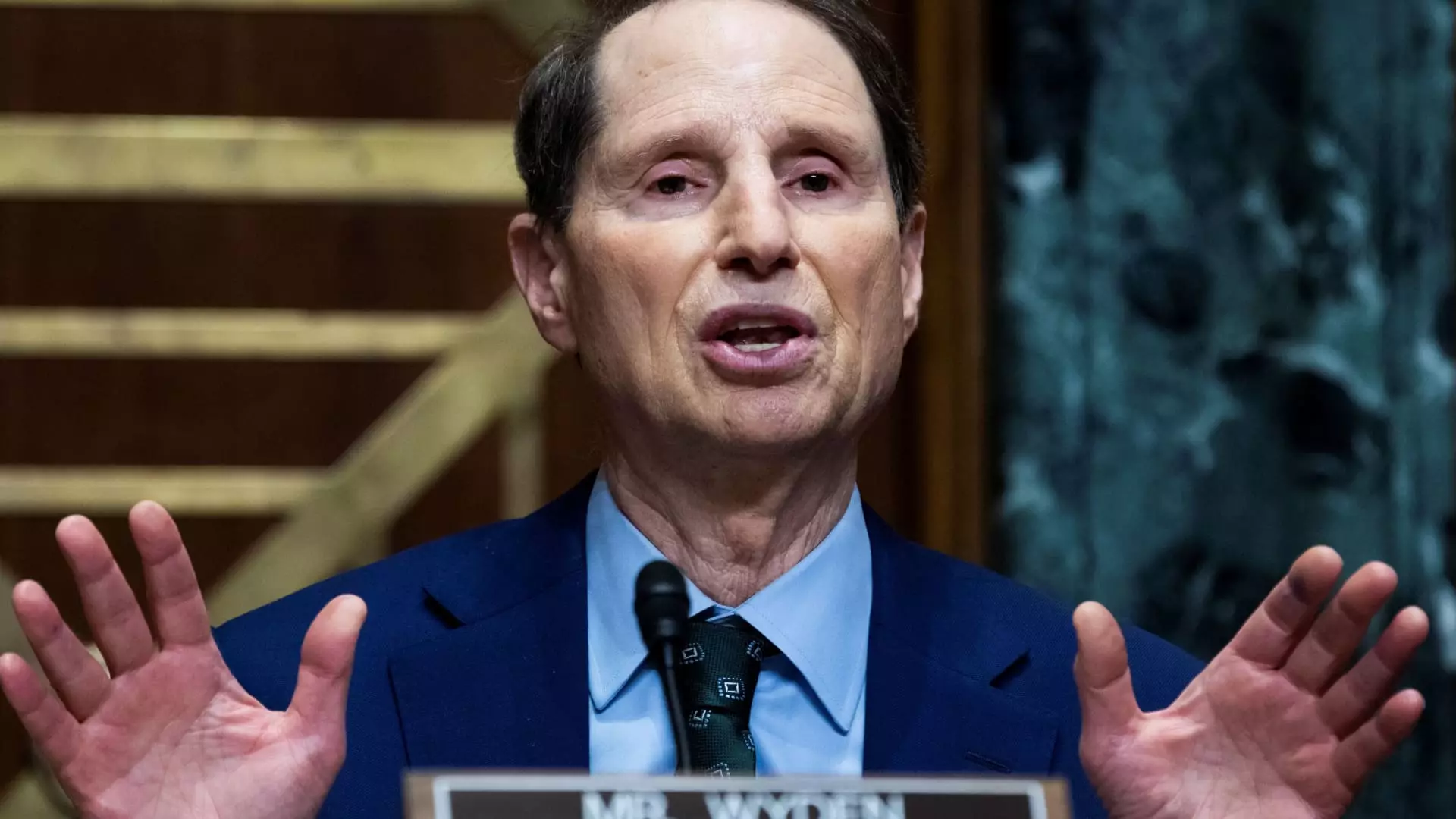The United States is approaching a crucial juncture in its tax policy landscape. With several significant fiscal measures introduced under the Tax Cuts and Jobs Act (TCJA) poised to expire after 2025, policymakers find themselves in a complex decision-making environment that carries the potential to reshape the economic future for millions of families and small enterprises across the nation. Enacted in 2017 under former President Donald Trump, the TCJA initiated a series of sweeping tax reforms, many of which were designed as temporary relief aimed at stimulating economic activity. As the expiration date of these measures draws near, the urgency for congressional action becomes increasingly acute.
Among the crucial tax provisions that are set to lapse are reductions in federal income tax brackets, higher standard deductions, enhancements to the child tax credit, increased exemptions for gift and estate taxes, and a 20% tax reduction for pass-through entities. Each of these offerings has been significant not just for the affluent but also for the middle class and small business owners who rely on such breaks for their financial stability. In a Senate hearing, Senate Finance Committee Chairman Ron Wyden highlighted the potential repercussions of allowing these provisions to expire, labeling it a pivotal moment for both the federal budget and the American middle class.
Indeed, data from the Tax Foundation suggests that over 60% of tax filers could see an increase in their tax liabilities if Congress fails to act on these expirations. However, the political climate surrounding taxation remains fraught with uncertainty, as control of the White House and Congress continues to hang in the balance, complicating predictions on potential extensions or reforms.
A specific concern voiced by small business groups relates to the qualified business income (QBI) deduction, which offers up to a 20% tax break on eligible income. This deduction is particularly vital for pass-through entities—like sole proprietorships and partnerships—that report income directly on individual tax returns. With organizations such as the National Federation of Independent Business advocating for a permanent extension of the QBI deduction, small business representatives stress how crucial it has been for their survival during turbulent economic times, including a global pandemic that shuttered many operations.
Jeff Brabant from the federation articulated the plight of small business owners during a recent Senate hearing, emphasizing that without the 20% tax break, many could struggle to withstand ongoing challenges, such as inflation and labor shortages. The successful navigation of these challenges hinges on the continuation of tax policies that support small businesses.
Another focal point in the current tax discussion is the child tax credit (CTC), which has proven to be a transformative measure for many working families. Previously increased by the American Rescue Plan in 2021, the CTC saw the maximum benefit expand from $2,000 to up to $3,600 per child, alongside monthly disbursements aimed at bolstering household incomes. This contribution significantly contributed to a decline in child poverty rates; however, with the expiration of pandemic-era benefits, child poverty rates experienced a troubling rebound, underscoring the real-world implications of tax policy decisions on everyday families.
Indivar Dutta-Gupta, a tax fellow at the Roosevelt Institute, articulated the pressing need for lawmakers to give renewed attention to the CTC, emphasizing its essential role in enhancing disposable income for working families. As families grapple with rising costs in health, education, and living expenses, the permanence of the expanded CTC becomes a critical issue in ensuring socio-economic stability.
Despite the urgency surrounding tax reform, lawmakers face considerable challenges due to looming concerns over the federal budget deficit. This year alone, the U.S. government has accrued over $1 trillion in interest payments, a figure that reflects the broader struggle of managing a national debt of nearly $35 trillion. Economists caution against a reactive approach to tax reforms, suggesting that strategic planning is vital to avoid exacerbating fiscal instability.
As experts like Kent Smetters from the Wharton School noted during discussions, the metaphorical “house is burning down” while the focus remains on less critical issues. This sentiment reinforces the need for a comprehensive approach to tax reform that not only addresses the expiration of TCJA provisions but also considers the overarching fiscal health of the nation.
The discourse surrounding tax policy as the 2025 deadline approaches signifies a make-or-break scenario for many American families and small business owners alike. With substantial tax provisions hanging in the balance, the choices made by lawmakers in the coming years will have lasting implications. Navigating these discussions is paramount, as the outcome will determine who bears the fiscal burden and who can thrive in the face of economic challenges. Balancing short-term necessities with long-term fiscal responsibility will be the cornerstone of effective tax policy going forward.

